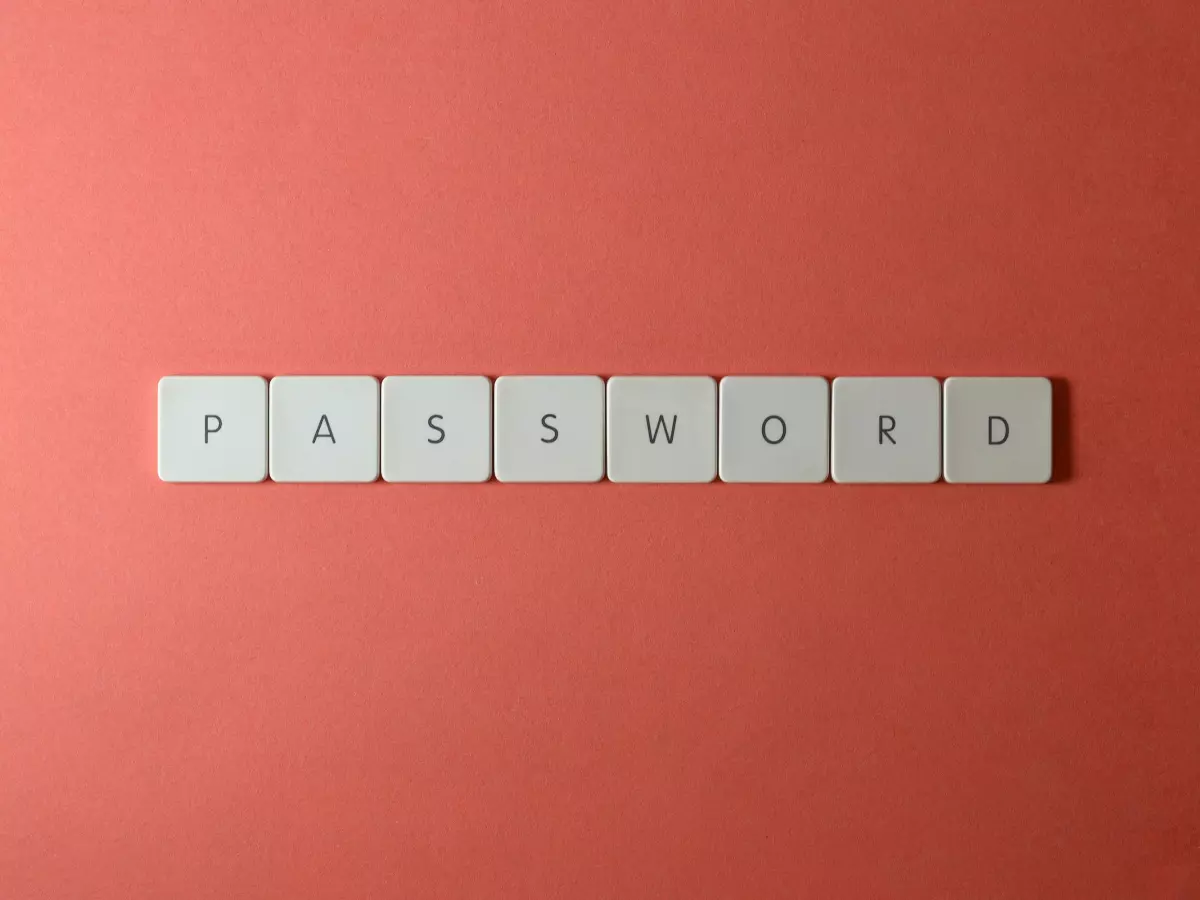Blockchain Timestamping
Ever wondered how blockchain keeps your crypto transactions secure? It's time to dive into the unsung hero of blockchain security: timestamping.

By Sarah Kim
Blockchain is often hailed as the ultimate fortress of security in the digital world, but have you ever stopped to think about how it actually keeps your transactions safe? Sure, we hear a lot about encryption, hashing, and consensus mechanisms, but there's one key feature that doesn't get nearly enough love—timestamping. Yep, you heard that right. Timestamping is like the unsung hero of blockchain security, quietly doing its job to ensure your crypto transactions are tamper-proof.
So, what exactly is blockchain timestamping? In simple terms, it's a way to record the exact time a transaction or block was created. This timestamp is then locked into the blockchain, making it nearly impossible to alter without raising a red flag. Think of it like a digital notary that certifies when something happened, ensuring that no one can go back and change the past. Sounds pretty important, right?
Now, let's break it down a bit more. Every time a new block is added to the blockchain, it gets a timestamp. This timestamp is crucial because it helps establish the order of transactions. Without it, the blockchain would be a chaotic mess where no one could tell which transaction came first. And in the world of crypto, where timing can mean the difference between a successful trade and a total loss, getting the order right is everything.
But it's not just about keeping things organized. Timestamping also plays a massive role in preventing tampering. Once a block is timestamped and added to the chain, altering it would require changing every subsequent block. And since each block is linked to the one before it, this would essentially break the entire chain. In other words, good luck trying to mess with a timestamped blockchain—it’s like trying to rewrite history.
Why Does Timestamping Matter for Security?
Alright, so we know that timestamping helps keep things in order and prevents tampering, but how does it really enhance security? Well, for starters, it makes it incredibly difficult for bad actors to launch certain types of attacks, like double-spending. Double-spending is when someone tries to spend the same cryptocurrency twice. Without a reliable timestamp, it would be much easier for someone to pull off this kind of scam. But with timestamping in place, the blockchain can easily verify which transaction came first, making double-spending virtually impossible.
Another key security feature of timestamping is that it helps create a transparent and auditable record of all transactions. This is especially important for regulatory compliance and auditing purposes. If a dispute ever arises, the timestamp provides a verifiable record of when a transaction occurred, making it much easier to resolve issues.
How Does Timestamping Work?
Okay, so timestamping is important, but how does it actually work? In most blockchains, timestamps are generated using a consensus mechanism like Proof of Work (PoW) or Proof of Stake (PoS). These mechanisms ensure that the timestamp is accurate and can't be manipulated by any single party. Once the timestamp is created, it's included in the block header, which is then hashed and added to the blockchain.
In some cases, blockchains also use external time sources to further enhance the accuracy of their timestamps. For example, the Bitcoin blockchain relies on the system clocks of its network nodes to generate timestamps. These timestamps are then compared to ensure consistency across the network. If a node tries to submit a block with a timestamp that's too far off from the others, it will be rejected by the network.
But here's where it gets really cool—blockchain timestamps aren't just useful for keeping track of transactions. They can also be used to verify the authenticity of digital documents, contracts, and even intellectual property. By timestamping a document on the blockchain, you can prove that it existed at a certain point in time, making it much harder for someone to claim ownership or alter the document later on.
Is Timestamping Foolproof?
Of course, no system is perfect, and timestamping is no exception. While it's incredibly effective at preventing tampering and ensuring the integrity of transactions, there are still some potential vulnerabilities. For example, if a majority of nodes in a blockchain network are compromised, they could theoretically manipulate timestamps to alter the order of transactions. This is known as a 51% attack, and while it's extremely difficult to pull off, it's not impossible.
Another potential issue is that timestamps are only as accurate as the time sources they rely on. If a node's system clock is incorrect, it could generate an inaccurate timestamp, which could cause problems down the line. However, most blockchains have built-in safeguards to prevent this from happening, such as rejecting blocks with timestamps that are too far off from the rest of the network.
So, is timestamping foolproof? Not quite. But when combined with other security features like encryption, hashing, and consensus mechanisms, it forms a critical part of the blockchain's overall security architecture.
What’s Next for Blockchain Timestamping?
As blockchain technology continues to evolve, we can expect to see even more advanced timestamping techniques being developed. For example, some researchers are exploring the use of quantum-resistant algorithms to further enhance the security of blockchain timestamps. Others are looking into ways to make timestamps more precise by using atomic clocks or other highly accurate time sources.
So, while timestamping may not be the flashiest feature of blockchain technology, it's definitely one of the most important. Without it, the entire system would be far less secure, and the integrity of your crypto transactions would be at risk. So next time you're marveling at the wonders of blockchain, take a moment to appreciate the humble timestamp—it's doing a lot more than you might think.
Now, here’s a question for you: If timestamping is so crucial to blockchain security, could it also be the key to solving other digital security challenges? Food for thought.





